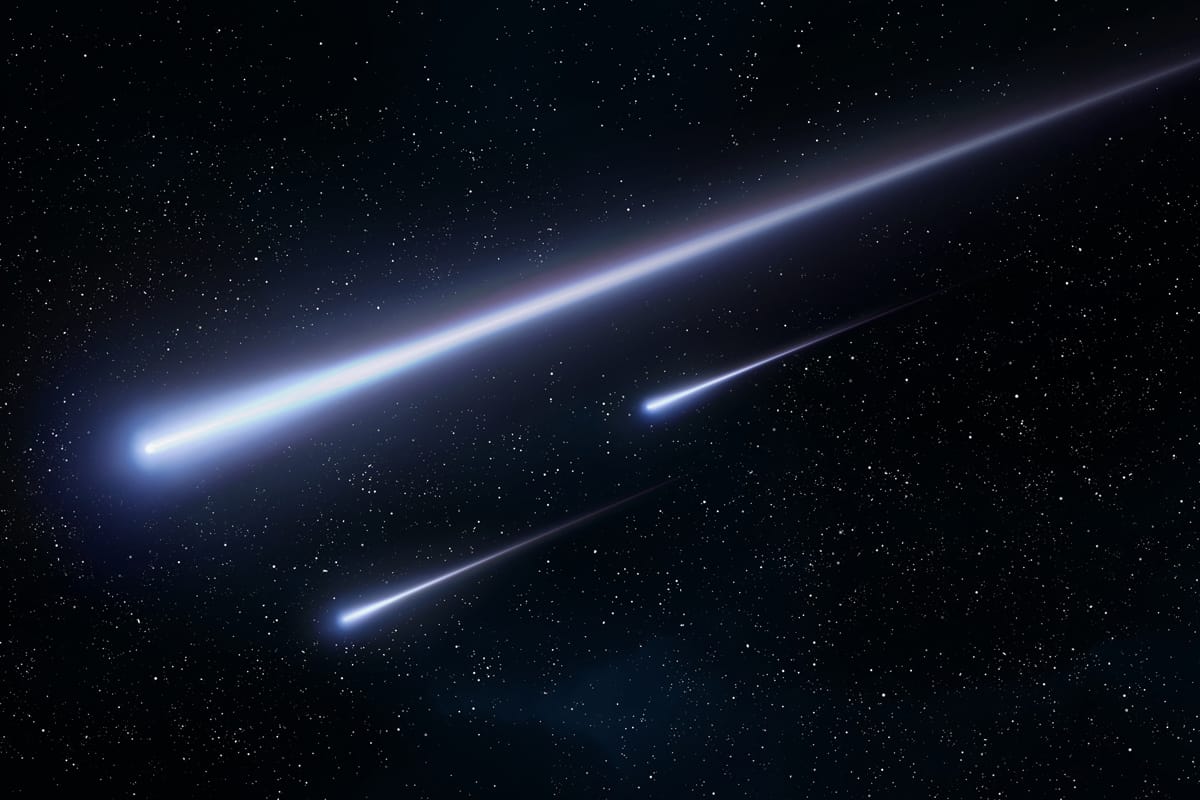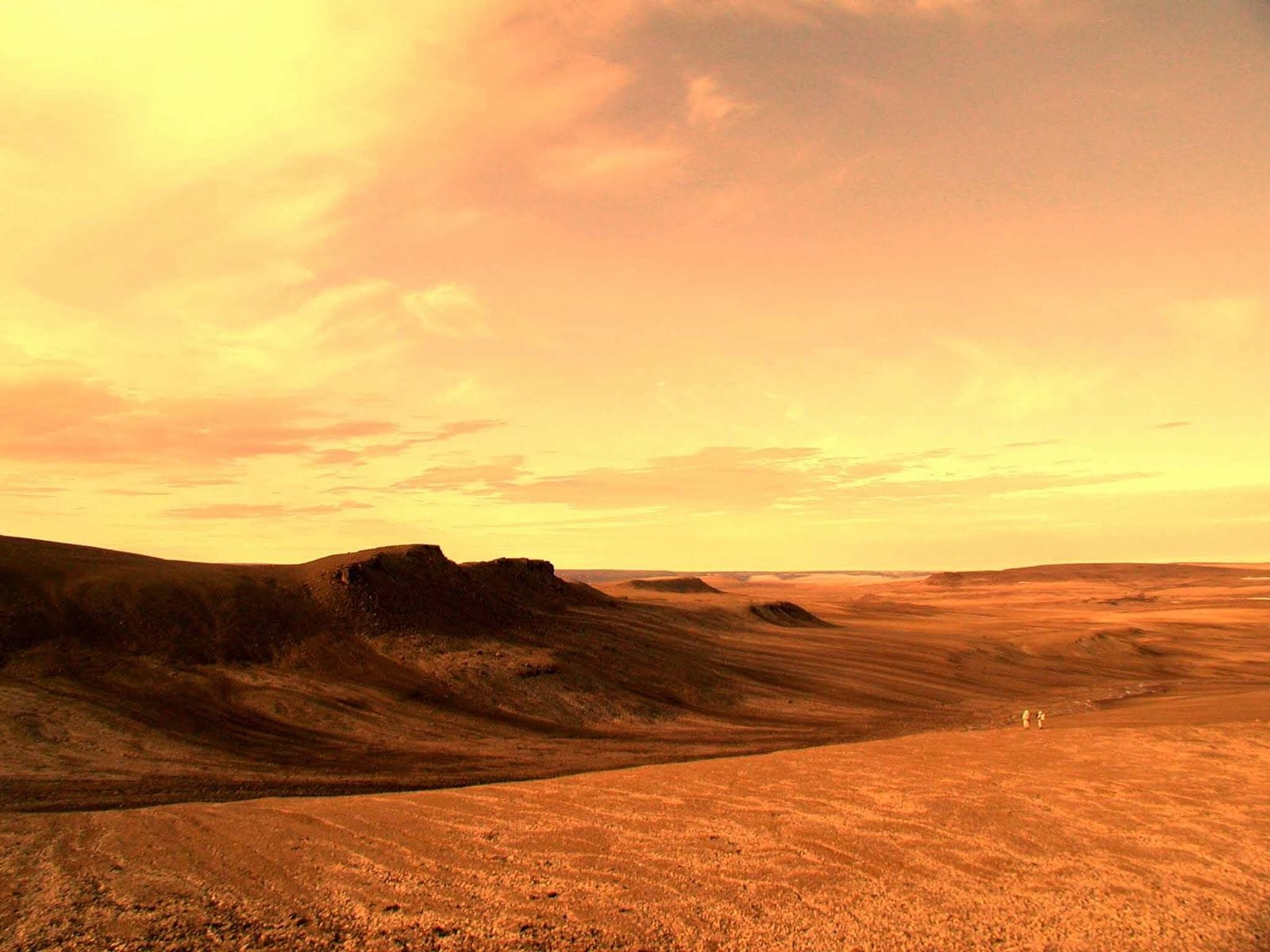The Quadrantids meteor shower is one of the most anticipated astronomical events of the year, and for 2025, it is expected to peak tonight. This meteor shower is particularly notable for its bright meteors and high hourly rates, making it a favorite among both amateur and seasoned astronomers. The Quadrantids are known for their sharp peaks, which can produce a significant number of meteors in a short period of time, often reaching rates of up to 120 meteors per hour under ideal viewing conditions.
The Quadrantids originate from the debris left by the asteroid 2003 EH1, which is believed to be a dormant comet. As Earth passes through this stream of debris each January, the particles enter the atmosphere at high speeds, burning up and creating bright streaks of light in the night sky. The meteor shower is named after the now-defunct constellation Quadrans Muralis, which was located near the border of the constellations Boötes and Draco.
For those looking to catch a glimpse of this stunning celestial display, the key to successful viewing is to find a location with minimal light pollution. Urban areas often have too much artificial light, which can obscure the visibility of meteors. Therefore, stargazers are encouraged to venture into rural areas or parks where the night sky is less affected by city lights. The best time to observe the Quadrantids is typically after midnight, when the sky is darkest and the meteors are most active.
When preparing to watch the meteor shower, it is advisable to dress warmly, as January nights can be quite chilly in many regions. Bringing along blankets or reclining chairs can enhance the viewing experience, allowing observers to lie back and take in the sky comfortably. It is also helpful to allow the eyes to adjust to the darkness for at least 20 minutes, as this will improve the ability to see the fainter meteors.
In addition to finding a suitable viewing location, it is beneficial to have a clear view of the northeastern part of the sky, where the radiant point of the Quadrantids is located. This point is where the meteors appear to originate from, although meteors can be seen in all parts of the sky. Observers should also consider using apps or star charts to identify constellations and other celestial bodies, which can add to the overall experience of the night.
The Quadrantids meteor shower has a rich history and has been observed for many centuries. It was first noted in the early 19th century, and since then, it has become a staple of the winter sky for skywatchers. The shower is known for its brief but intense activity, often characterized by the presence of bright fireballs that can leave lasting trails across the sky.
While the Quadrantids are not as well-known as the Perseids or Geminids, they offer a unique opportunity for those willing to brave the cold to witness a remarkable natural phenomenon. The 2025 peak is particularly special, as it comes with favorable conditions for viewing, including a new moon phase that will provide a darker sky.
As the night progresses, observers may also be treated to the sight of other celestial events, such as planets or constellations. This adds an extra layer of excitement to the experience, making it not just a meteor shower, but a full night of exploration and wonder.
In summary, the Quadrantids meteor shower of 2025 is set to peak tonight, providing an excellent opportunity for skywatchers to witness one of nature’s most beautiful displays. By following the tips for optimal viewing conditions, stargazers can enhance their experience and make the most of this spectacular event. Whether you are an experienced astronomer or a casual observer, the Quadrantids promise a night filled with wonder and excitement.


